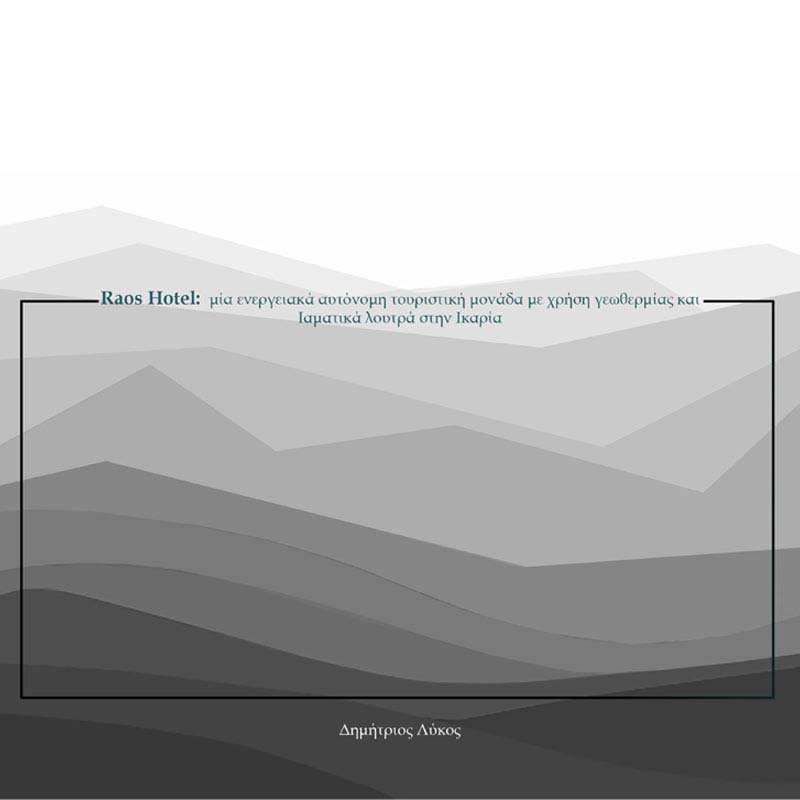

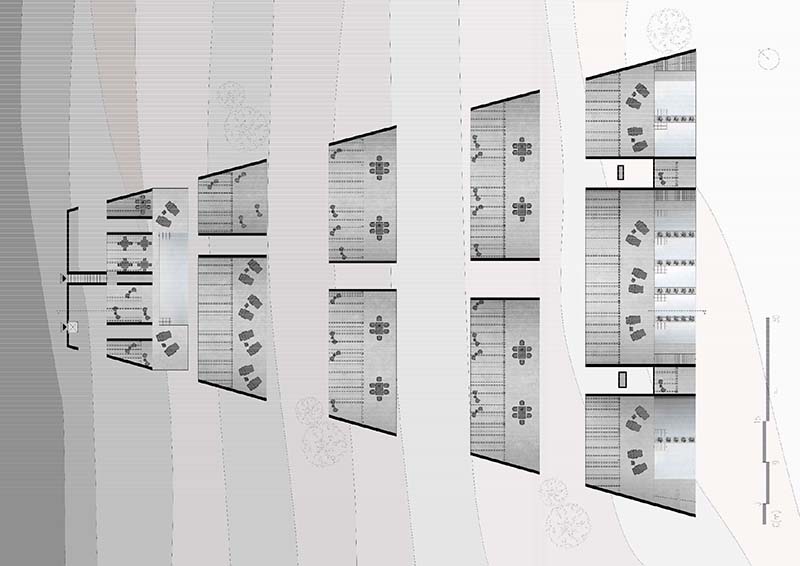

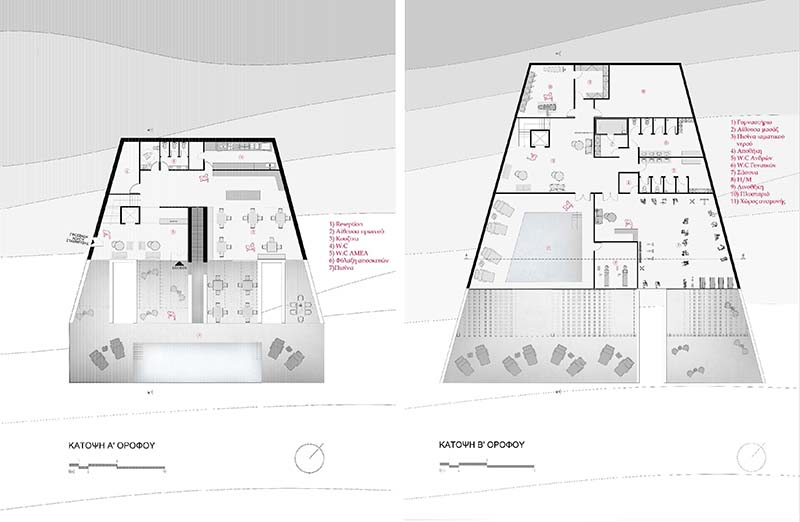

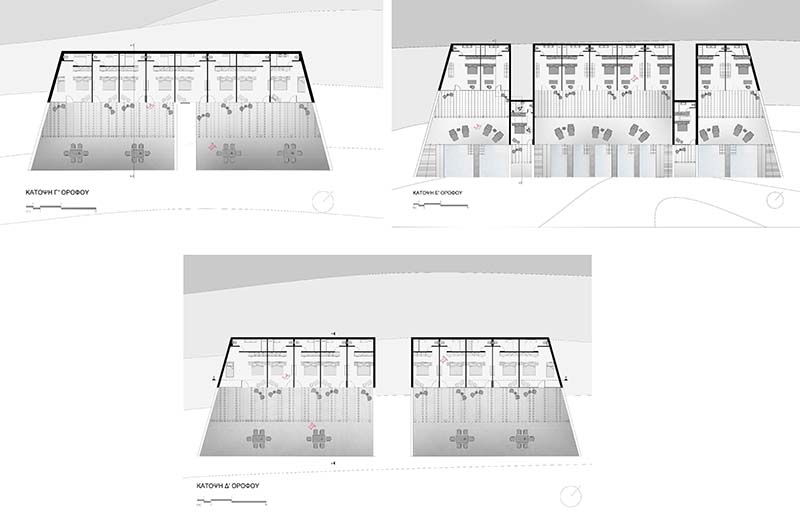

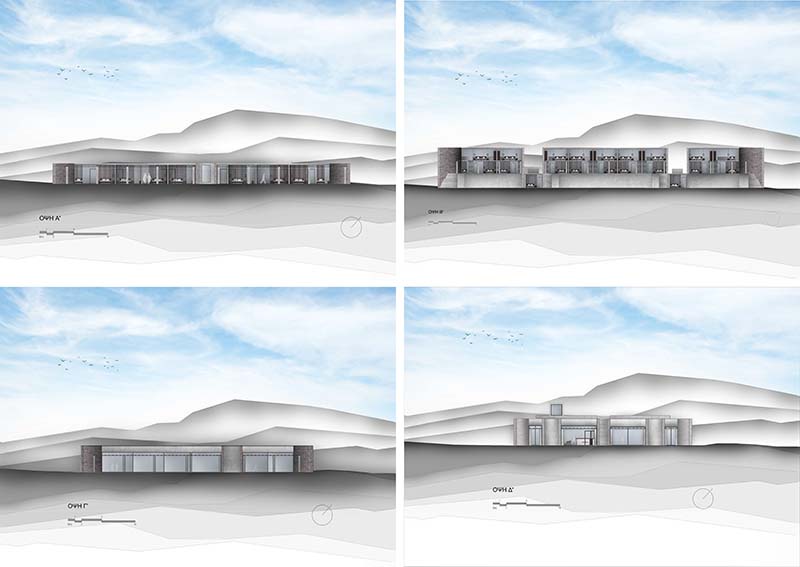

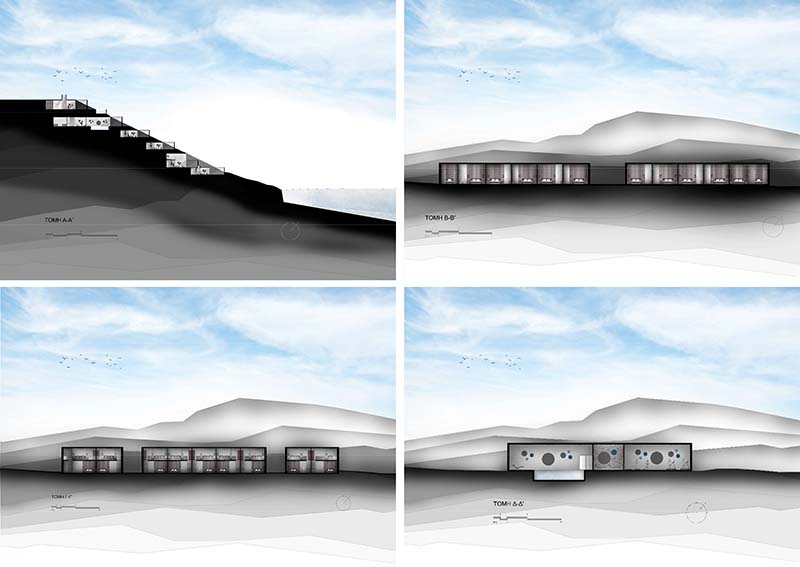

The desire to exploit the thermal properties of the springs of Ikaria and integrate them into a modern tourist unit was the trigger for this diploma thesis. Ikaria belongs to the islands of the Eastern Aegean and has a number of radioactive sources. Apart from the limited exploitation of these as the majority of the thermal centers have declined and are out of operation, no substantial effort is being made to modernize them and no plan has been planned for their substantial utilization for the benefit of the local community.
The center of interest of the project is the South side of the island and specifically the village of Therma, the spa town of the island. A key concern during the design stage was how geothermal energy can be utilized in all its aspects and create a center of interest for visitors to the island. For this reason, it was deemed appropriate to create a tourist unit that will have modern infrastructure that will be able to highlight the important properties of the springs but at the same time will be used for cooling and heating the facilities, a sector unknown until today for the island.
The primary goal is to promote thermal tourism and the beneficial properties of the springs through an integrated architectural program that will include, in addition to a wellness center, modern facilities for the accommodation of visitors designed with bioclimatic characteristics using a geothermal power plant, respecting the architectural tradition of the place and bringing it to today.
Supervisor: Tsangrassoulis Aris
Reference Number: 1016
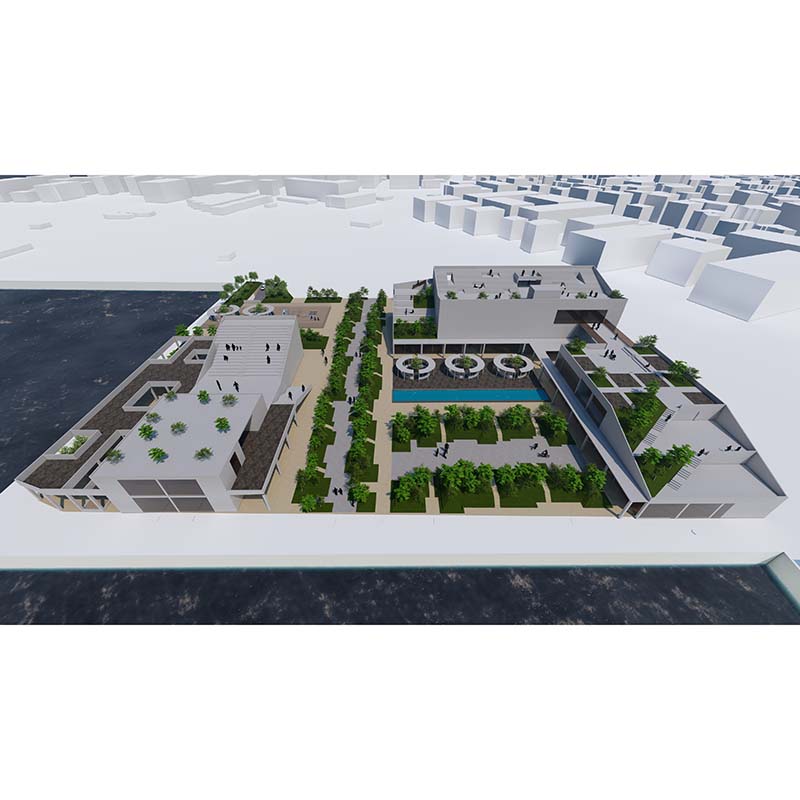

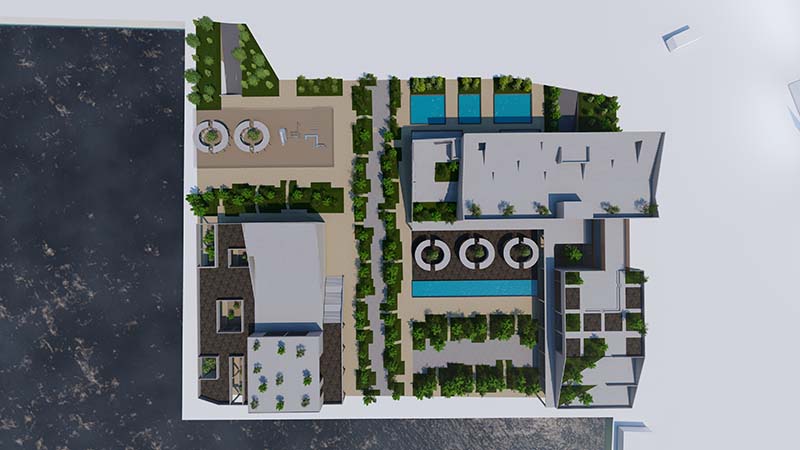

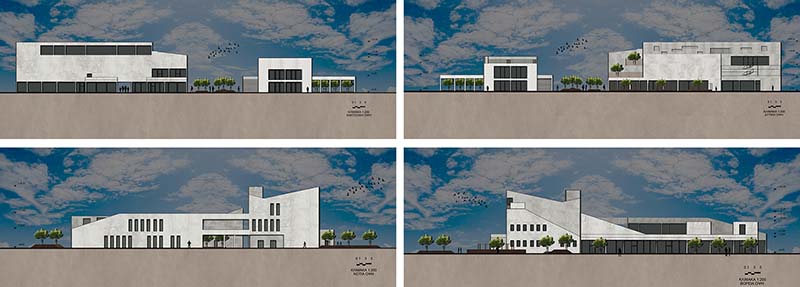

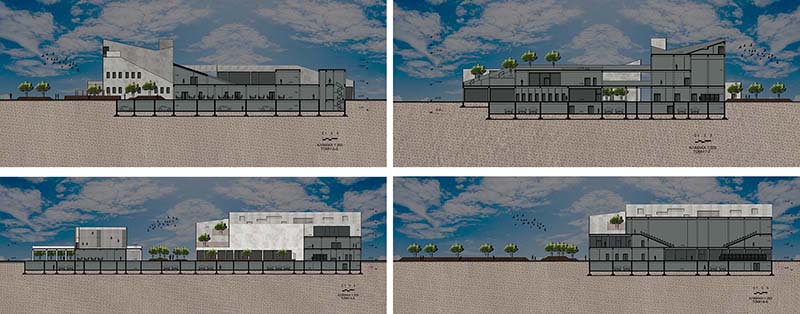

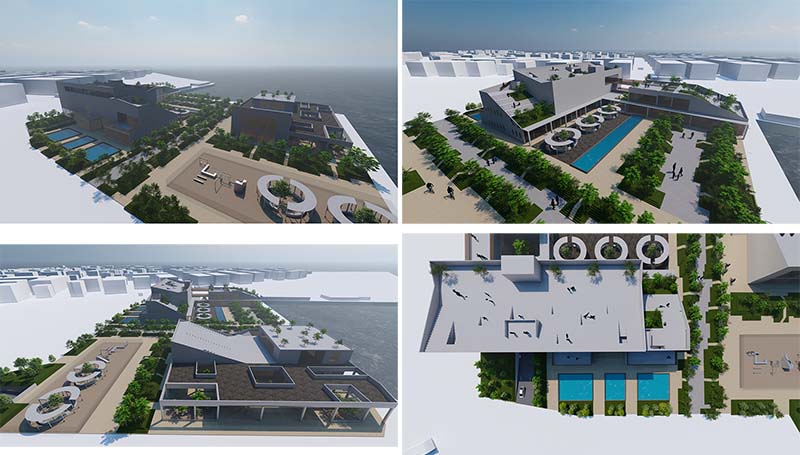

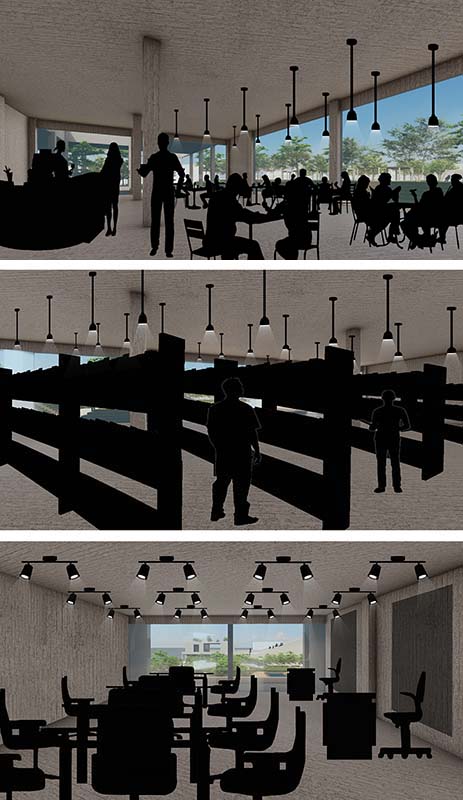

This thesis aims at the utilizaton of an empty plot of land in Nea Paralia Thessaloniki, next to the Concert Hall, as a Cultural Recreatonal and Commercial Center for the city's residents and nonresidents
alike.
The work attempts to highlight and upgrade the area, which until now has not been utlized in any way, with the aim of the residents of the area spending quality time with the different activities of the program at a very close distance from their homes.
The goal of the building program is to smoothly integrate into the area with the best possible functional solution for all social groups. In addition, the aim of this multi-purpose space is to become a pole of attraction by offering all those activities to serve the needs of the residents, to carry out activities to stimulate and employ all social groups offering socialization and social cohesion, and to highlight and regenerate the surrounding area and performance of the common use both for the residents of the area, as well as for the rest of the city.
Visitors will have the opportunity to enjoy their walk in the alleys and in the park that will be created, there will be a playground, a green zone, rest areas, an indoor gym, a summer cinematheater, restaurants and food shops, a lending library, etc. Accessibility for all social groups will also be improved, with a network of pedestrian and bicycle traffic and light traffic roads around the plot.
At the same time, greenery and planting both on the ground and on the roofs have been used to a great extent as the existence of urban green spaces within the urban fabric positively affects all sectors of urban living. It contributes to the preservation of the environment and sustainability, to the protection of biodiversity, the improvement of the quality of life, thereby contributing to the mental and physical health of the city's residents. In this way, the residents have the opportunity to relieve themselves from the noise of the city and enjoy their walk, escaping the tension of everyday life.
Supervisor: Kanarelis Theoklis
Reference Number: 1030
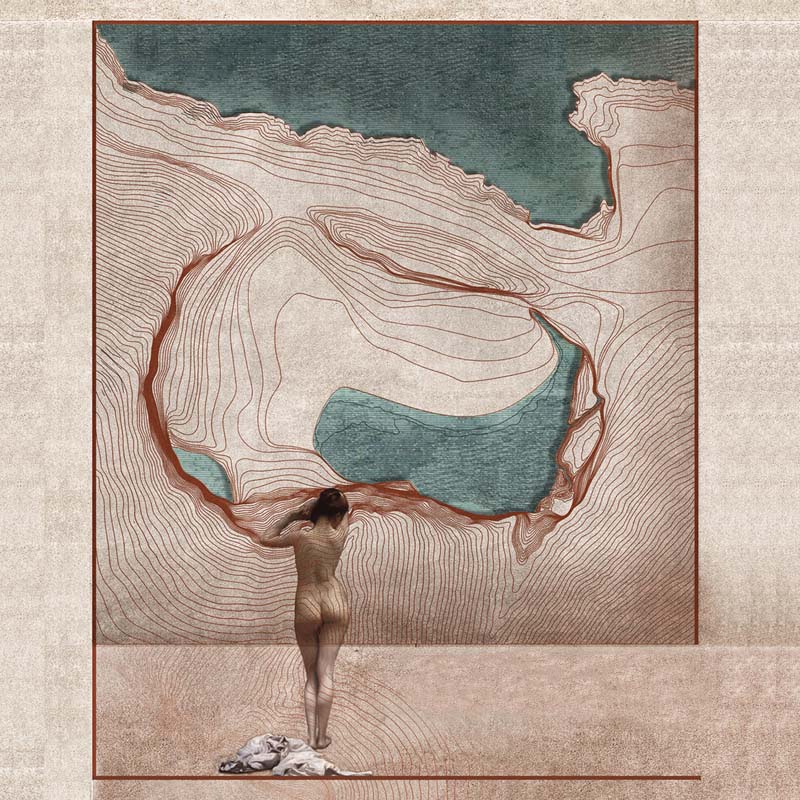

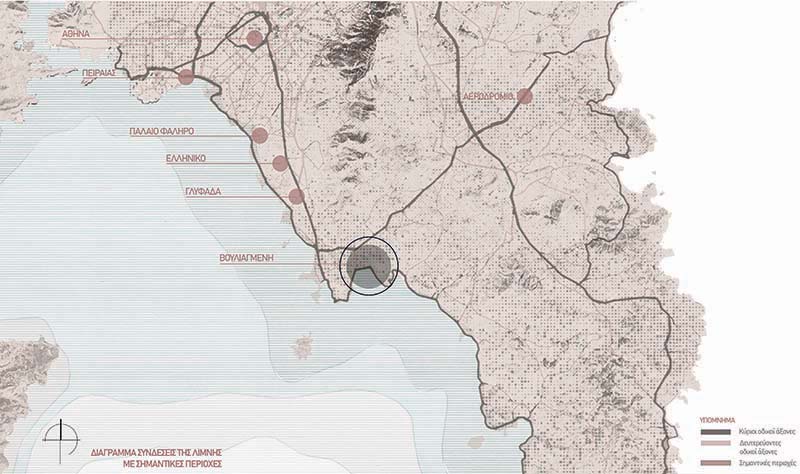

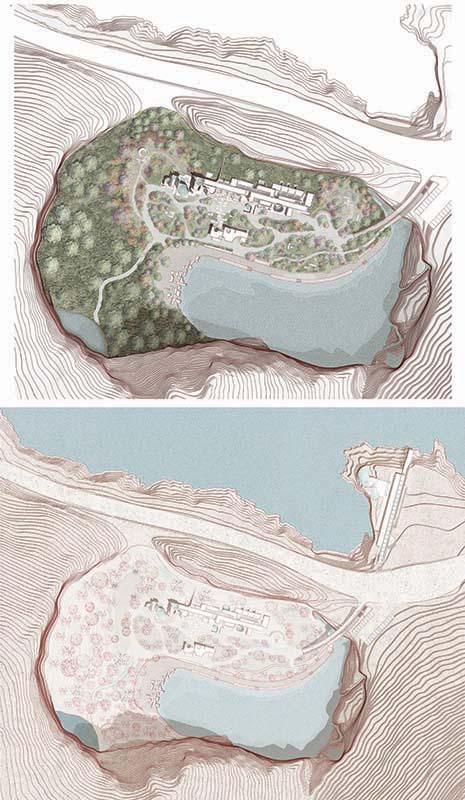

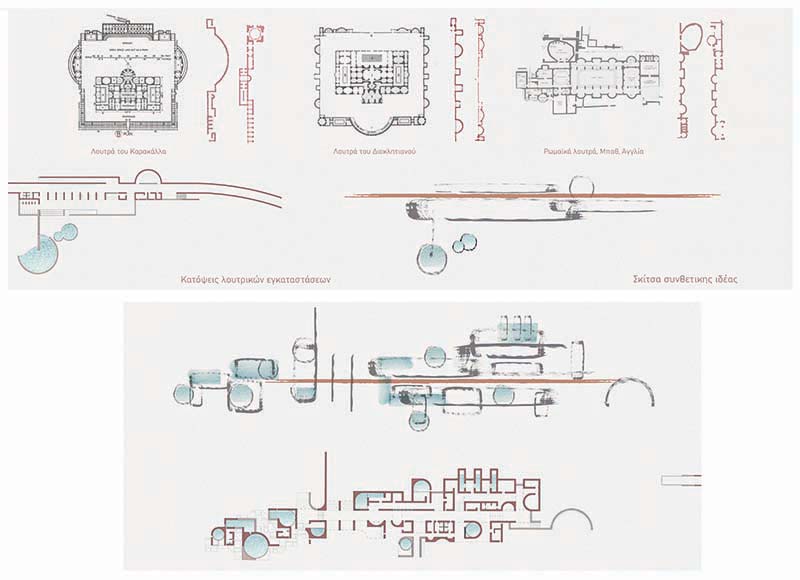

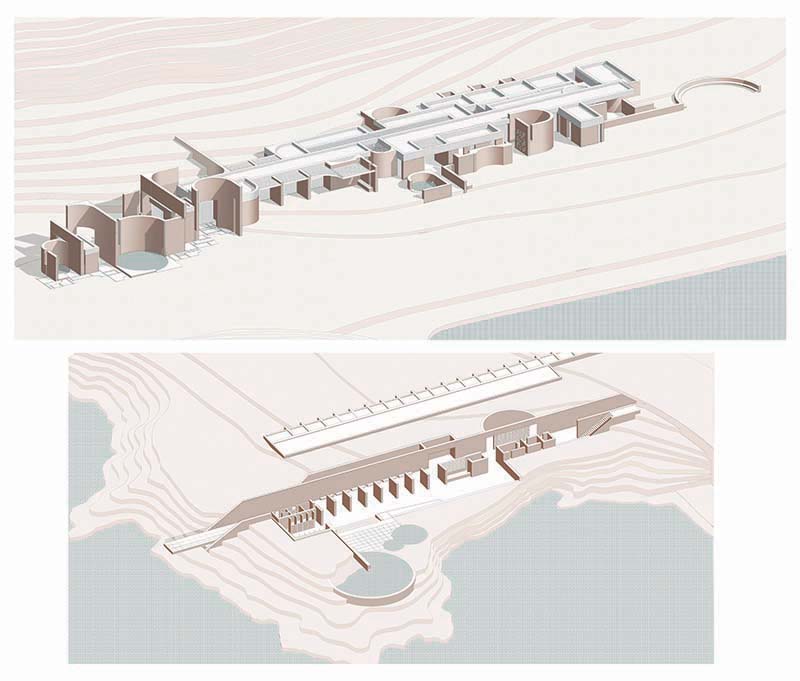

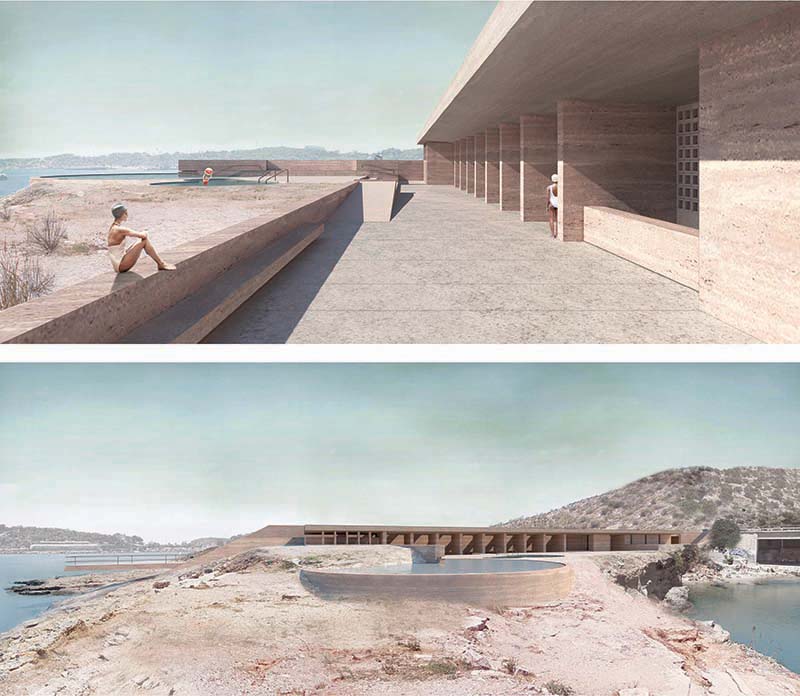

In the context of the ever-increasing thermal spa tourism in Greece, the need for the utilization and modernization of the spa facilities and the imprint of the building infrastructure on the natural landscape, this thesis proposes the re-utilization of the thermal springs of Lake Vouliagmeni with the creation of new spa facilities and the redesign of the surrounding area so that the entire infrastructure offers an integrated spatial experience to the bathers and the utilization of the lake as a whole.
The thermal properties of the lake, its special natural beauty and its geographical location attract thousands of visitors. It is the nearest thermal spring in Attica and a rare geological phenomenon. In contrast to the existing facilities and the countless alterations that the surrounding area has suffered over the years within the lake, the new proposal seeks to heal and restore spatially, through the buildings and the redesign of the surrounding area, the commercial and tourist encroachment on the natural landscape. The new buildings, influenced by the Greek landscape, the holiday lifestyle on the islands and the morphology and formation of the lake as a geological phenomenon, function as an extension of the natural landscape, discreetly serving the needs of visitors.
The architectural proposal has as its main axis the creation of a continuous movement from the waterfront on the outside of the lake to the inside of the lake through two separate building volumes connected by an underground passage. It attempts to conceptually unite on a first level two different spatial qualities, the enclosed and introverted inside the lake with the opening to the landscape and the extrovertedness offered by the waterfront. This design move on a practical level aims to connect the different water qualities, the thermal water in the interior with the seawater on the coastal front offering an integrated spatial bathing experience to the visitor.
Supervisor: Manolidis Kostas
Reference Number: 1018
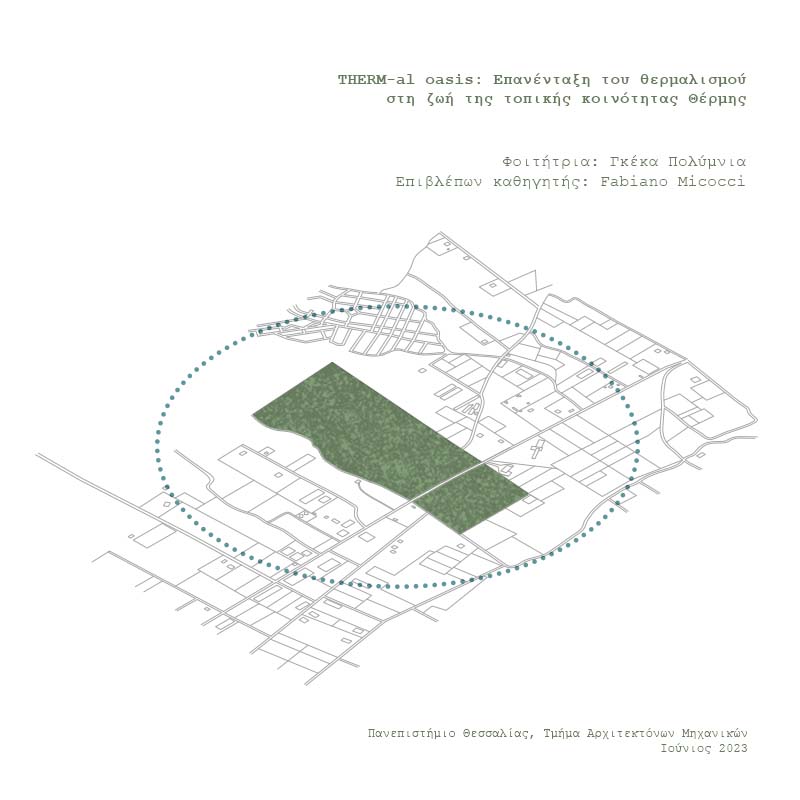

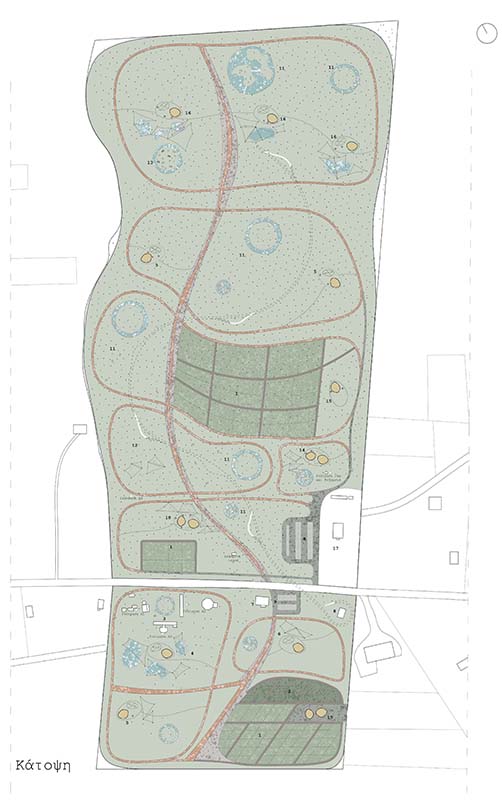

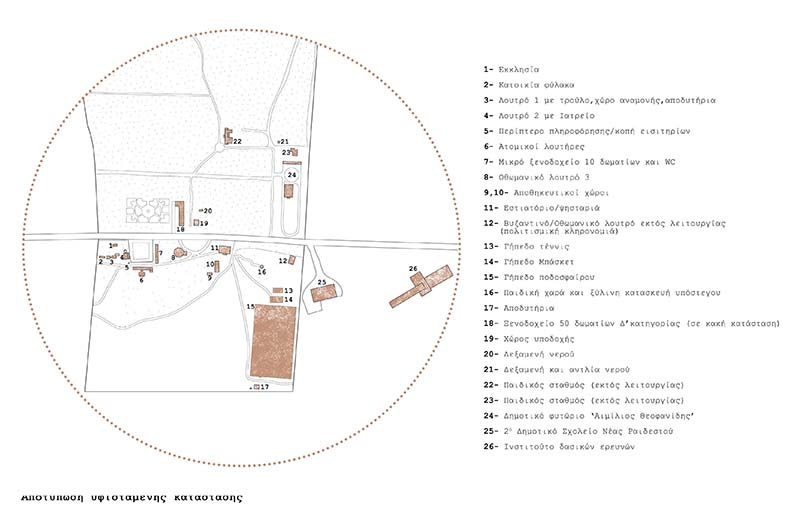



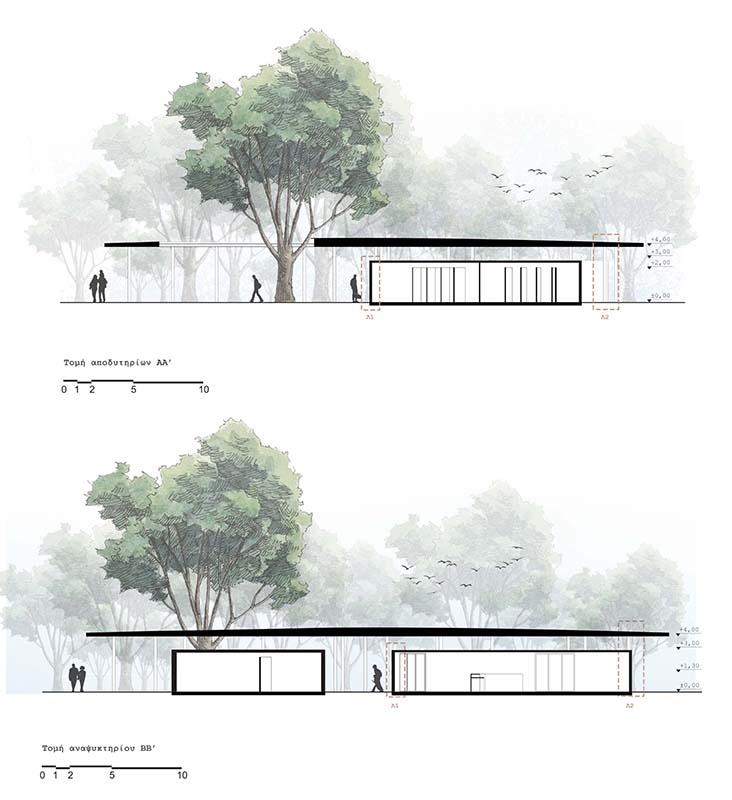

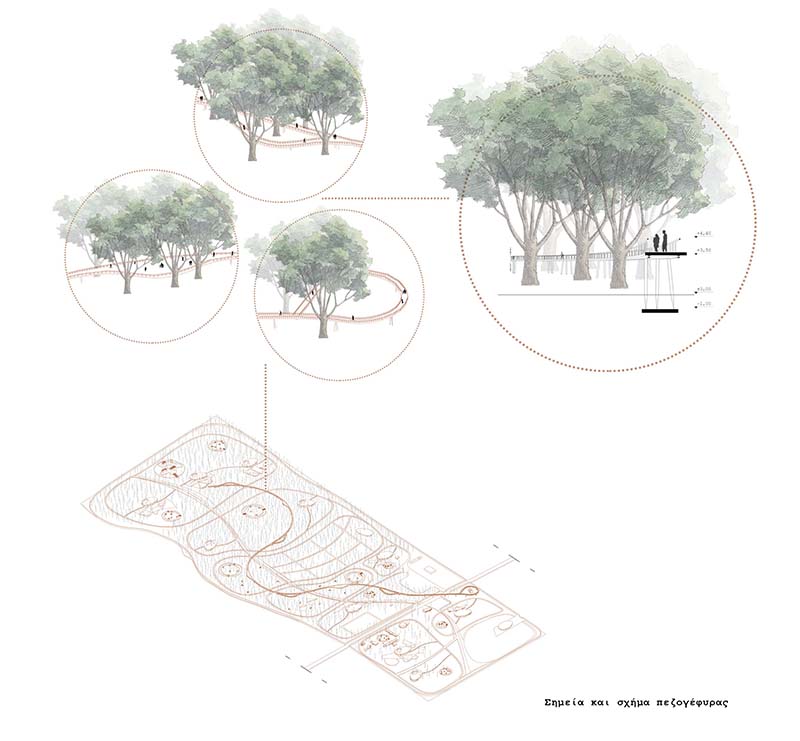

This thesis proposes the reintegration of thermalism in the area of Thermi’s thermal baths and the participation of the local community in the new operational program. It is a large area on the east side of Thessaloniki, which flourished in the past, due to the thermal waters that it can offer and it became an appealing attraction for many visitors and tourists. Nonetheless, in 2009 the operation of the facilities stopped, and the area has been used as a collection point for mortars ever since, while the building units remain unused. Its surroundings consist mainly of uncultivated land, micro-industrial buildings and retail businesses. Thus, it can be seen that ‘’Thermi’s thermal baths’’ are the lung of the region.
During the proposal’s designing process, the area was meaningfully divided into certain sections, with the aim of a creating a smooth transition from the noisy street to the beauty and the peace of the natural landscape. Thus, one will experience a "gradual journey" through the "oasis" of the baths. Furthermore, the program includes functions of a social, therapeutic, commercial and educational character, most of which take place within the dense grove. In the proposal, some of the existing facilities, especially the bath buildings, will re-open, housing the same activities as before. At the same time, some outdoor swimming pools will be added, so the visitor can appreciate the natural landscape. Moreover, thermalism will be re-established in two different forms, the therapeutic thermal baths and the and socializing thermal baths. As an outcome of the above, ‘’THERM-al oasis’’ is a place of rejuvenation, relaxation and relief not only for people with various ailments, but also for several other categories of visitors. In conclusion, it is planned to utilize the area and adapt the added functions according the local conditions and needs, so that both passing visitors and the local population can benefit from the results.
Supervisor: Micocci Fabiano
Reference Number: 1013
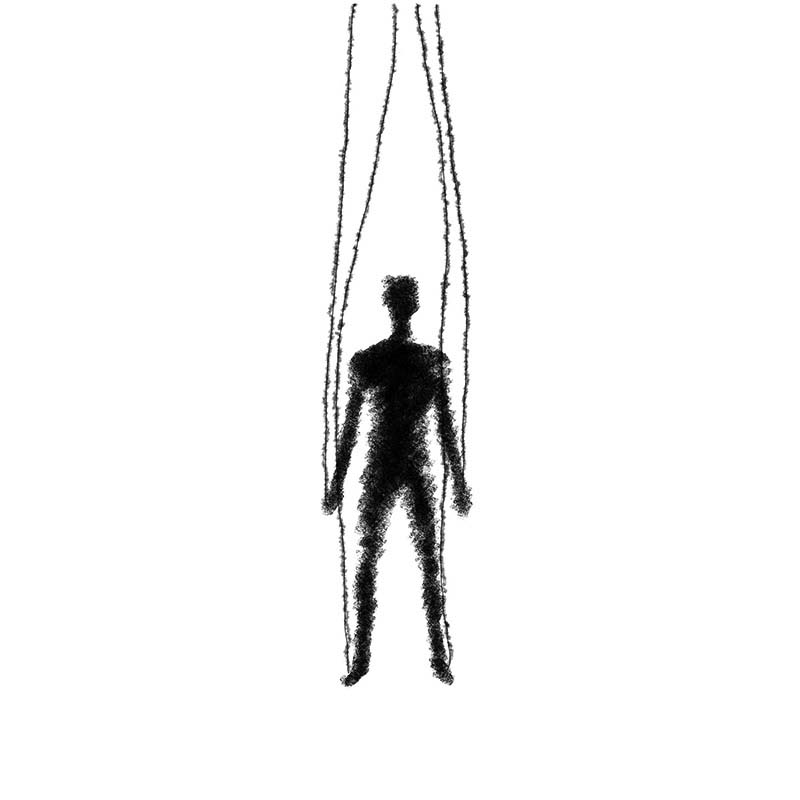

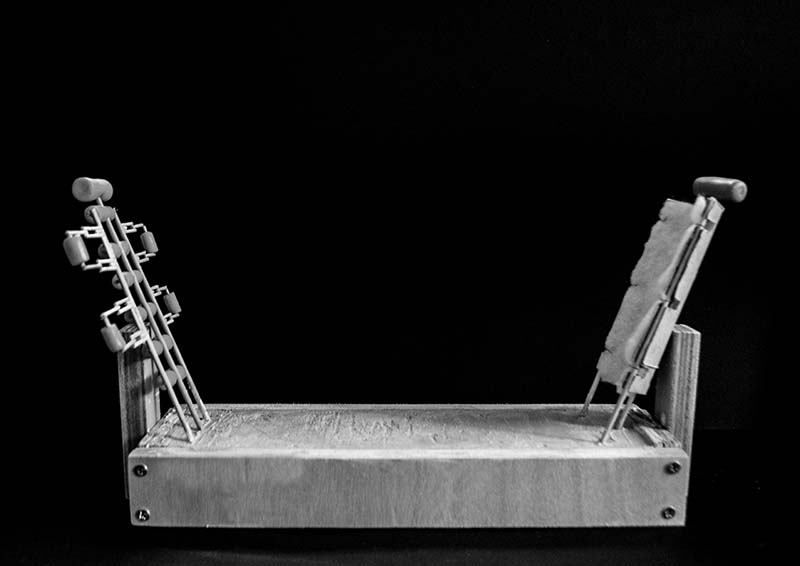

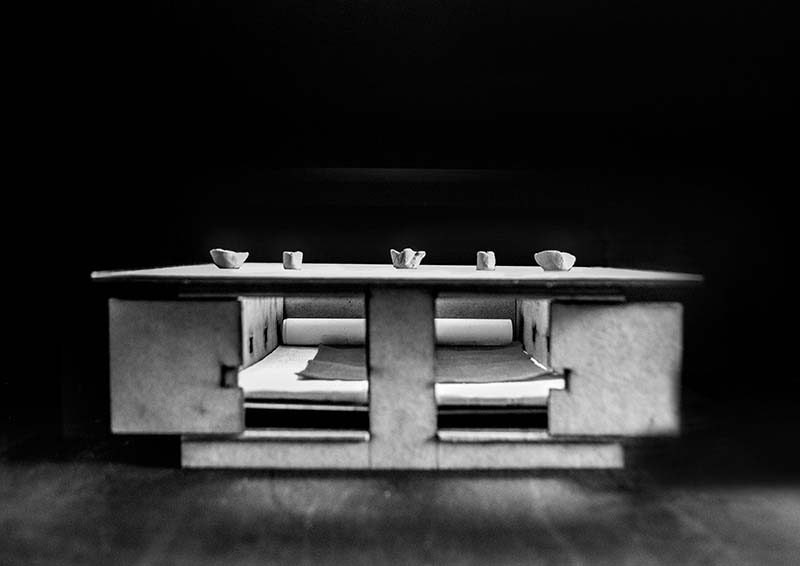

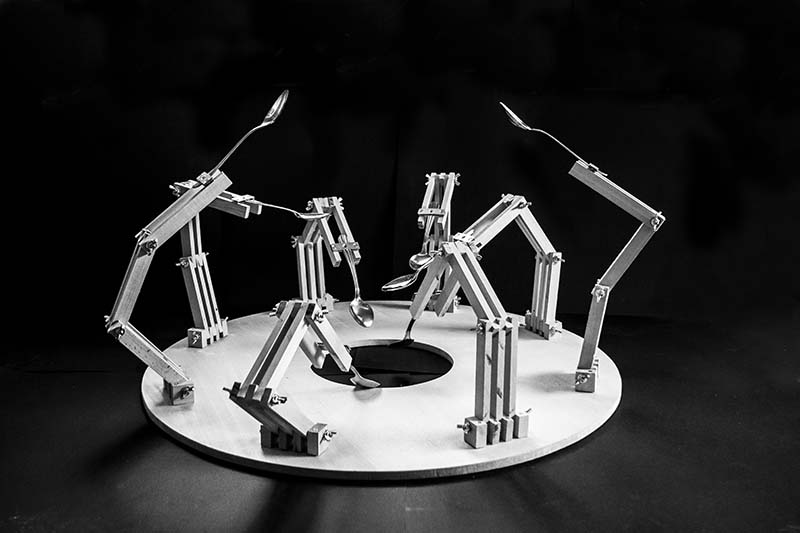

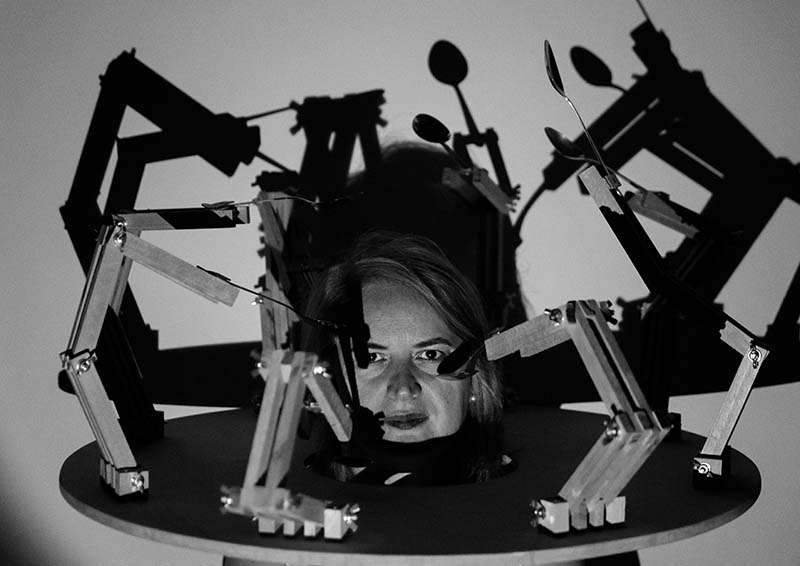



Μy thesis project is based on Plato’s allegory and this is how I began my inner research. I’m off without knowning my destination. My research is based on the two main axes the allegory uses; the cage (cave) and the captive. Studying the archetypes of "Jung" I decided to deal with the Shadow since we are all familiar with our Persona. This is how I reached the decision to watch my own Shadow , that is the part of me that I don’t want others to see. I make my own cages, (“Krevatorio”, Sarkofagos, “RibCage”, “Trofos”) that represent any situation in which I feel trapped inside my house. The cages are followed by some kind of diary.
Supervisor: Kotionis Zissis
Reference Number: 1008












Life in the city of Athens and the densely built building block with the dominant role of the Polykatoikia, completely occupying every side, without any margin of empty, free, common space. What could contribute to decongesting it while maintaining all its programmatic and functional content, offering residents more than a standard balcony? This dissertation focuses on the importance of the courtyard and the garden and how these will be re-incorporated into habitation within the dense urban fabric. Derived from traditional architecture, as mainly functional spaces of contact and associations, are a reference element for the elaboration, attending the need for more greenery, the inadequacy of open spaces, long time problems of the city that the recent sanitary treaty has emphatically brought back. The absence of having such a common space of reference and interaction, destination or goal, raises questions as to whether it is one of the reasons that in conditions of urban densification, contact between neighbors was given over to randomness and discretion. Approaching the building block as a whole, this study envisions possible responses to issues of wider urban life and a new model of housing development. Through a multilateral process of research and proposal it seeks ways to transform the city square into a residential community, in the area of Votanikos questioning state will and laws that repeatedly have been revised, for a green conversion. In addition, it aspires to adequately utilize and give a substantial role to vulnerable areas of the typical building block while urging city life to enter, ensuring more free space and promoting the creation and preservation of a communal green pocket. At the level of the horizontal property, it rediscovers the private garden, bringing back the primal contact with nature and soil and the decongestion that this entails, ultimately contributing to a more qualitative urban living condition.
Supervisor: Paniyiris Costis
Reference Number: 987
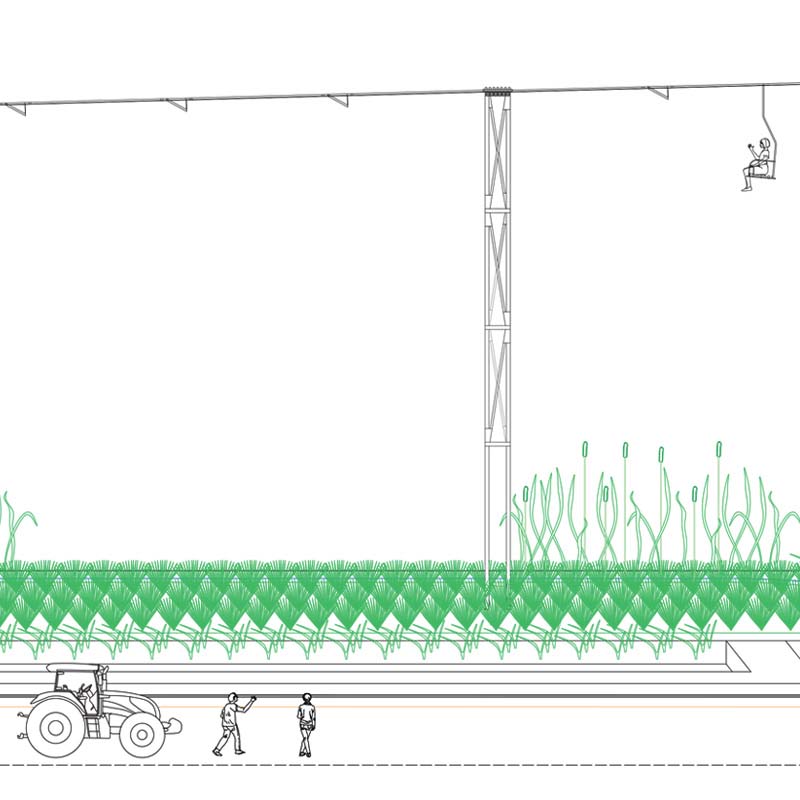

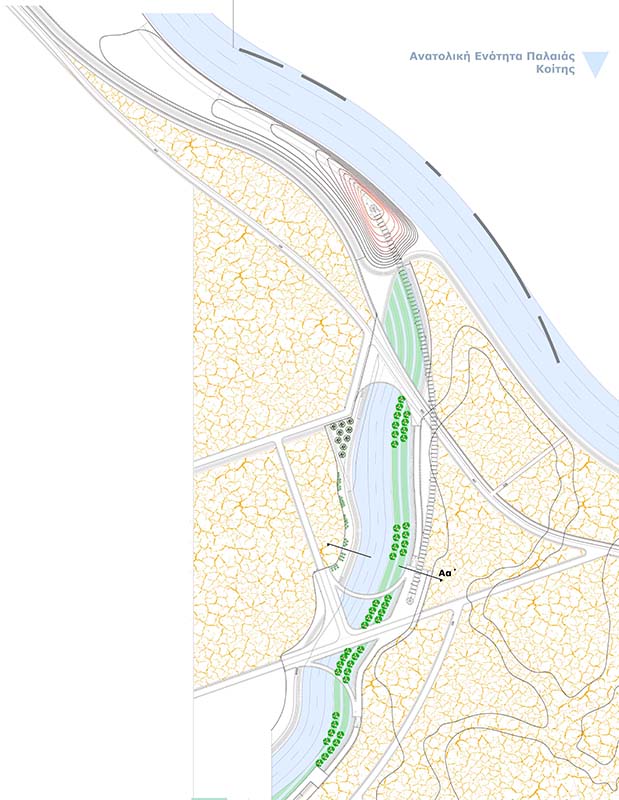

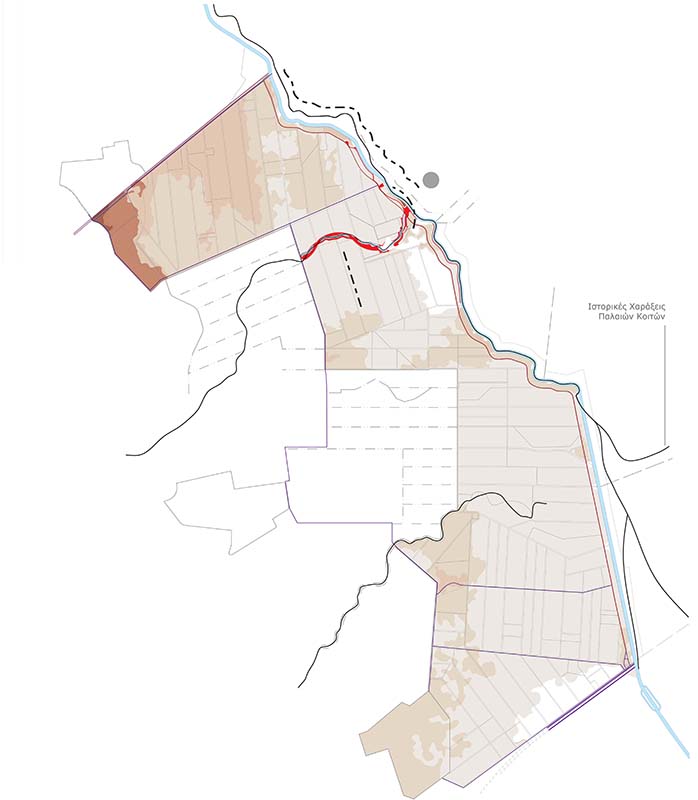

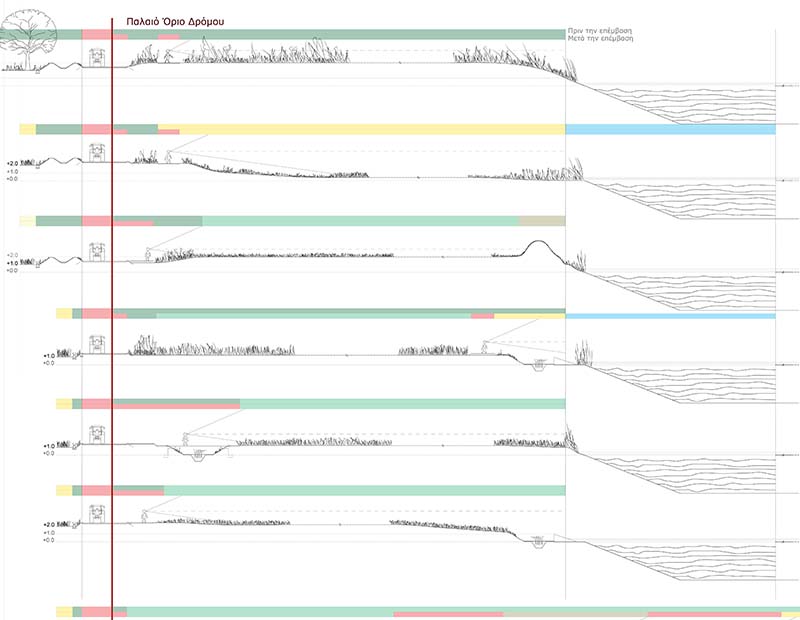





This diploma thesis presents the promotion of recreation experiences in the countryside, combined to the productive activities of the local communities on either side of the route on the riparian embankment zone of the Loudias River. Firstly, after the historiographic layers of the geomorphological rendering of the area are studied, the alteration of the water flows in the hydrographic map until the period of the completion of the land reclamation are revealed. Therefore, Loudias, as an artificial canal, which takes the form of the final receiver of the drained waters of the arable lands, is considered as a component of the agricultural equipment, and gains one-sided functional role for serving the farm production - so it pushes aside the development of further aesthetic functions of the landscape. In that way, the remnants of its tributaries that are seen through its historic engravings, expands into the fields of the lowland inland and interfere with the canvas of the agricultural land’s arrangement, revealing a different typology of a drainage ditch for the surface runoff. So forth, the architectural design attempts the networking of the outdoor recreation practices to the accesses of the hydrological circle’s systems, in order to express the dialogue between the two function qualities of the landscape through the revelation of the viewing optics of the aquatic element into the agricultural territories. This venture emerges through the investigation of a local Scandinavian tradition - through which a ritual for outdoor living – the friluftsliv - considers the intention to go outdoors, approaching a functional frame of practice, as well as a stage of relaxation and recreation.
Supervisors: Kotionis Zissis, Kouzoupi Aspassia
Reference Number: 1009
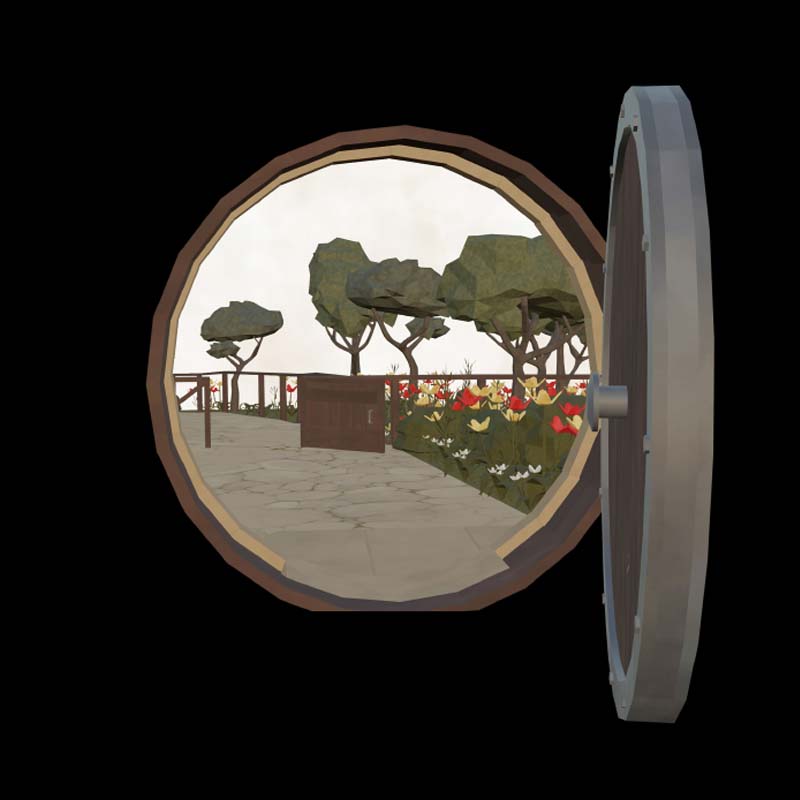

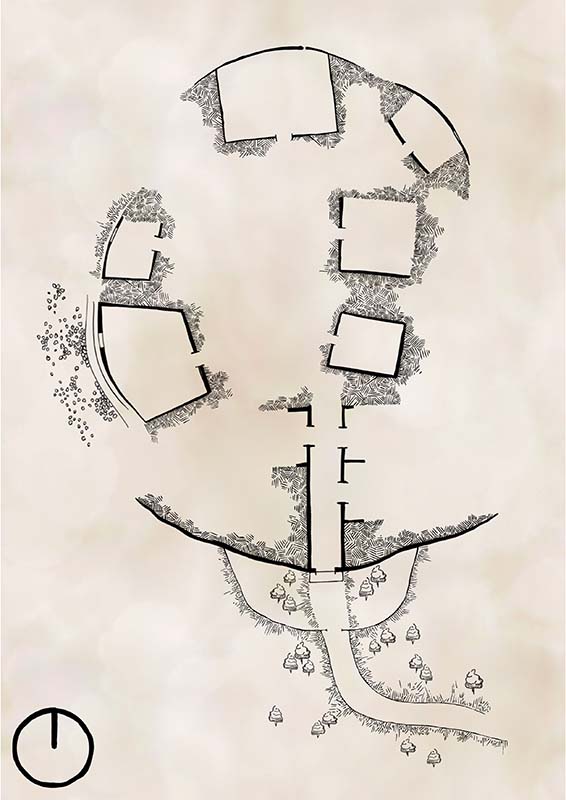

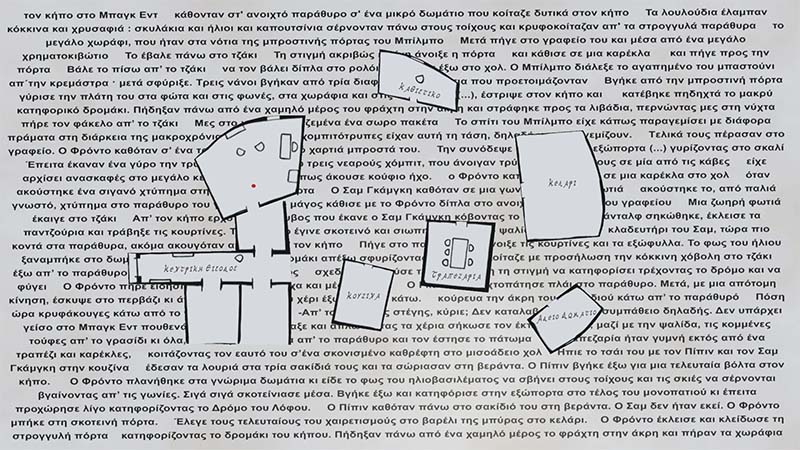

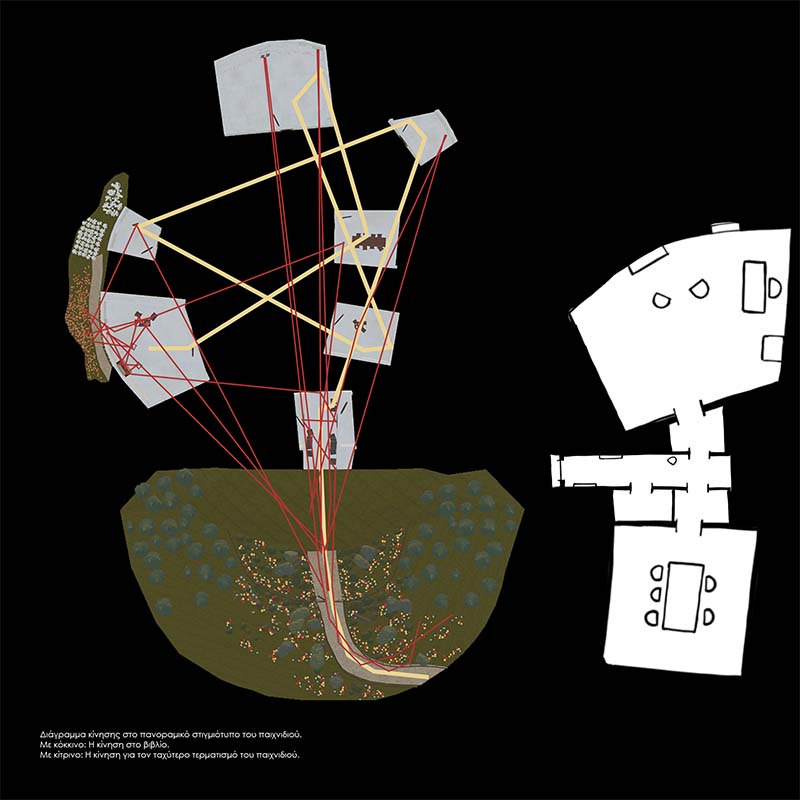

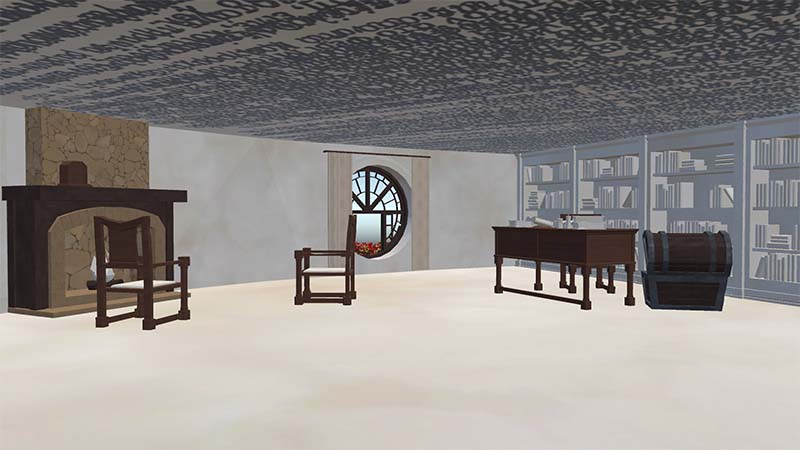

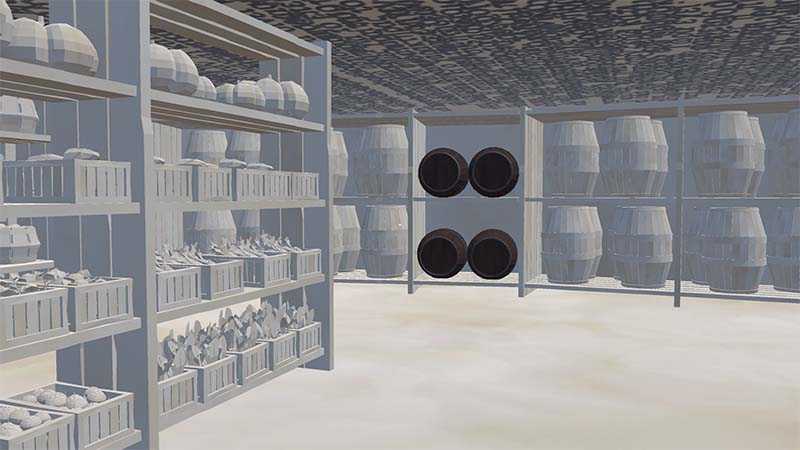

The first volume of "The Lord of the Rings" trilogy, entitled "The Fellowship of the Ring" by J.R.R. Tolkien formed the background that marked significant changes in the formation of both the style and the usual patterns of the works of fantasy literature that followed. The spatial descriptions of both natural landscapes and architectural structures, apart from serving the purposes of storytelling, the development of the myth and the plot of the events, constitute a veritable scene of action, the "architect" of which is, of course, the author himself.
“There and Back Again” falls under the category of “Walking Simulator” games and focuses on the virtual walking experience as a means of telling the story. It becomes clear that the visitor interacts and therefore understands the "world", the setting of the action, experiences the effectiveness of walking through the space, of which he is also a member and part. In order to achieve the best possible result, an attempt was made to create a navigation system that will allow the participant to navigate both the 3D space and the "map", prompting him to continuously switch between these two spatial expressions. Its purpose is to overcome the obstacles of one spatial level by resorting to a secondary one.
Design-wise, both minimalism and modernism are avoided, in order to visually separate the game world from the real world. All details are captured according to the author’s instructions, which reflect a pervasive sense of nostalgia. The spaces that Tolkien himself "illuminates" and that contribute to the development of the plot are faithfully conveyed. The importance of the spaces is translated through the different levels of detail in the design. Finally, the game experience is completed by the recorded narration of the three chapters used to create it, giving the opportunity to directly compare the experience offered by the two narrative media, and the other graphic elements that reflect the nostalgic mood of the fairy tales.
Supervisor: Giannisi Phoebe
Reference Number: 1011

